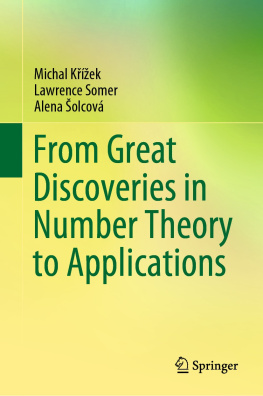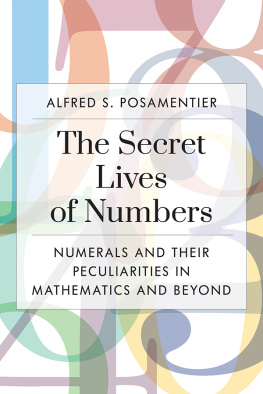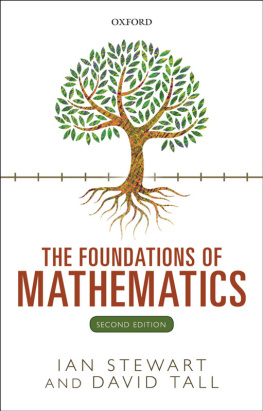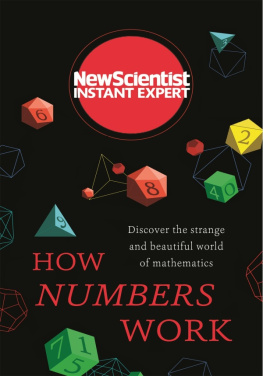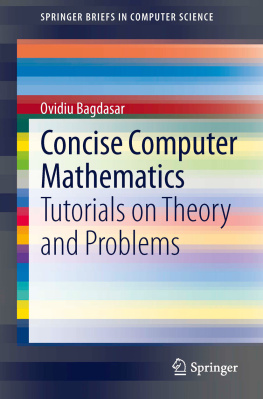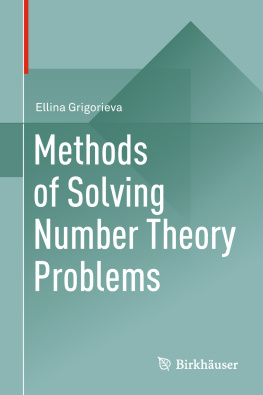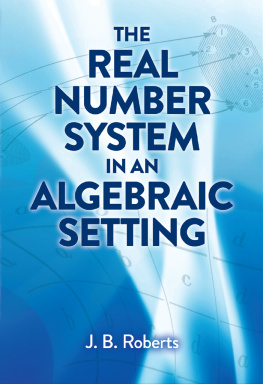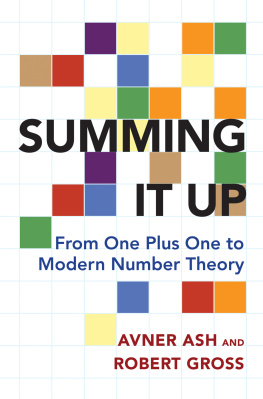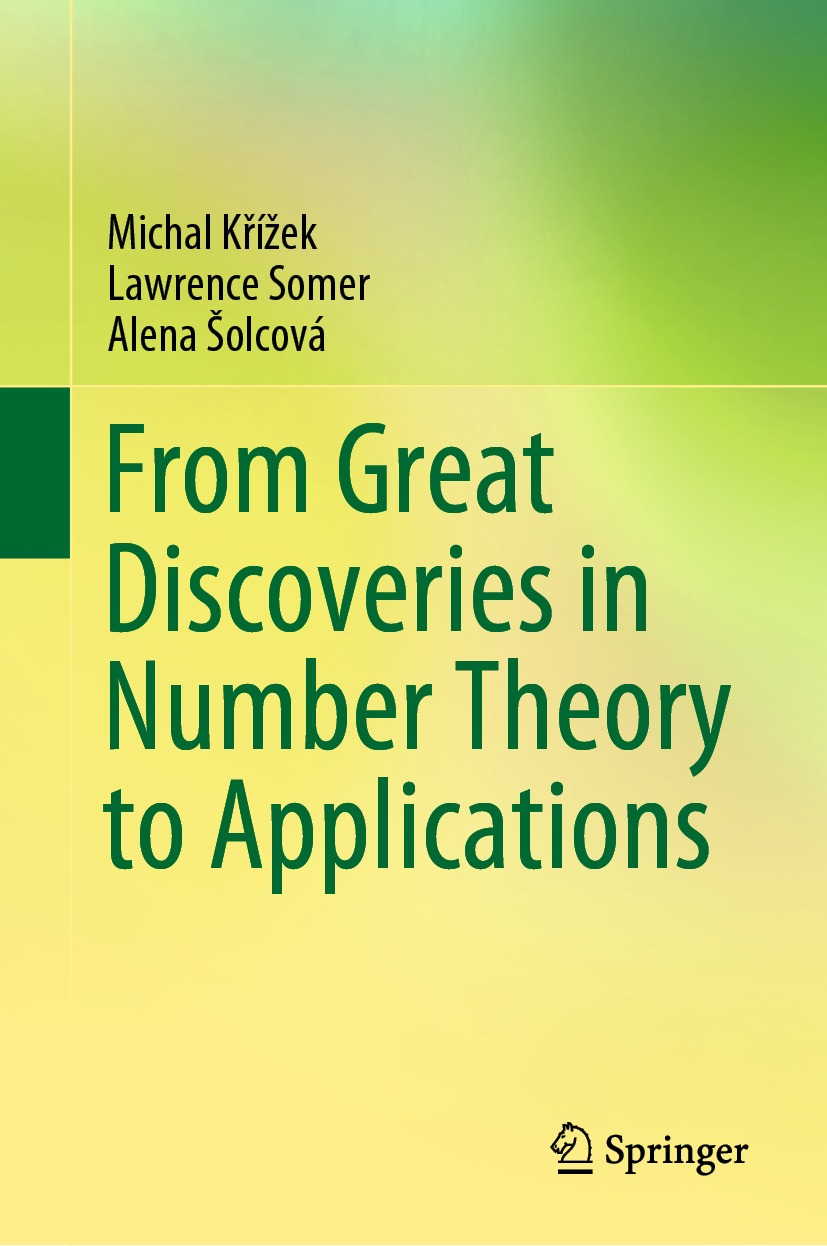Michal Křížek - From Great Discoveries in Number Theory to Applications
Here you can read online Michal Křížek - From Great Discoveries in Number Theory to Applications full text of the book (entire story) in english for free. Download pdf and epub, get meaning, cover and reviews about this ebook. year: 2021, publisher: Springer, genre: Children. Description of the work, (preface) as well as reviews are available. Best literature library LitArk.com created for fans of good reading and offers a wide selection of genres:
Romance novel
Science fiction
Adventure
Detective
Science
History
Home and family
Prose
Art
Politics
Computer
Non-fiction
Religion
Business
Children
Humor
Choose a favorite category and find really read worthwhile books. Enjoy immersion in the world of imagination, feel the emotions of the characters or learn something new for yourself, make an fascinating discovery.
- Book:From Great Discoveries in Number Theory to Applications
- Author:
- Publisher:Springer
- Genre:
- Year:2021
- Rating:4 / 5
- Favourites:Add to favourites
- Your mark:
From Great Discoveries in Number Theory to Applications: summary, description and annotation
We offer to read an annotation, description, summary or preface (depends on what the author of the book "From Great Discoveries in Number Theory to Applications" wrote himself). If you haven't found the necessary information about the book — write in the comments, we will try to find it.
This book provides an overview of many interesting properties of natural numbers, demonstrating their applications in areas such as cryptography, geometry, astronomy, mechanics, computer science, and recreational mathematics. In particular, it presents the main ideas of error-detecting and error-correcting codes, digital signatures, hashing functions, generators of pseudorandom numbers, and the RSA method based on large prime numbers. A diverse array of topics is covered, from the properties and applications of prime numbers, some surprising connections between number theory and graph theory, pseudoprimes, Fibonacci and Lucas numbers, and the construction of Magic and Latin squares, to the mathematics behind Pragues astronomical clock. Introducing a general mathematical audience to some of the basic ideas and algebraic methods connected with various types of natural numbers, the book will provide invaluable reading for amateurs and professionals alike.
Michal Křížek: author's other books
Who wrote From Great Discoveries in Number Theory to Applications? Find out the surname, the name of the author of the book and a list of all author's works by series.

